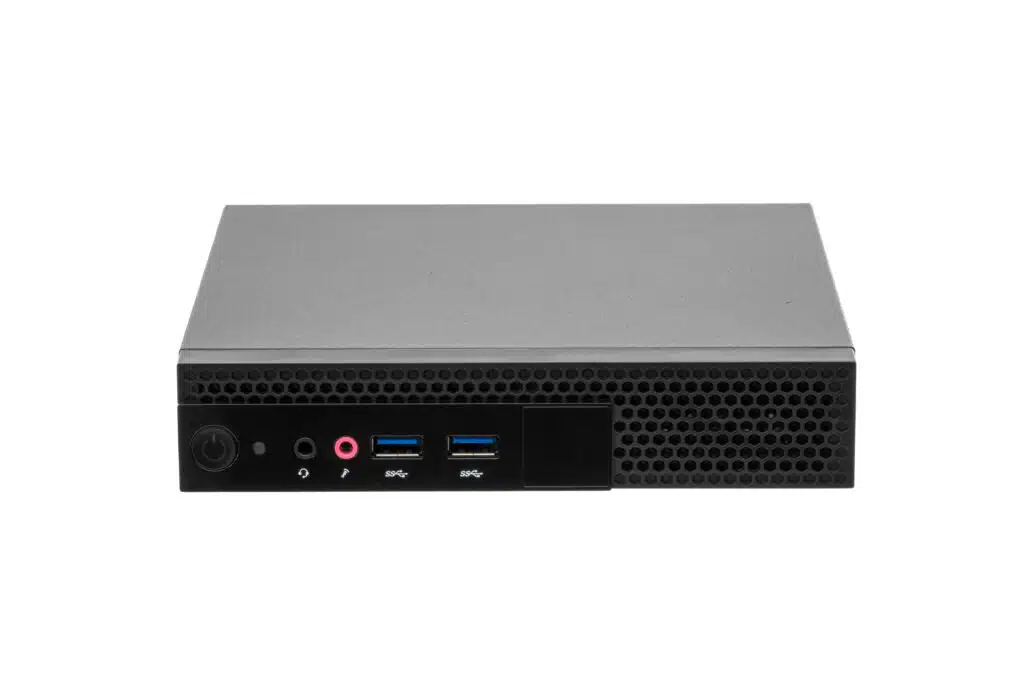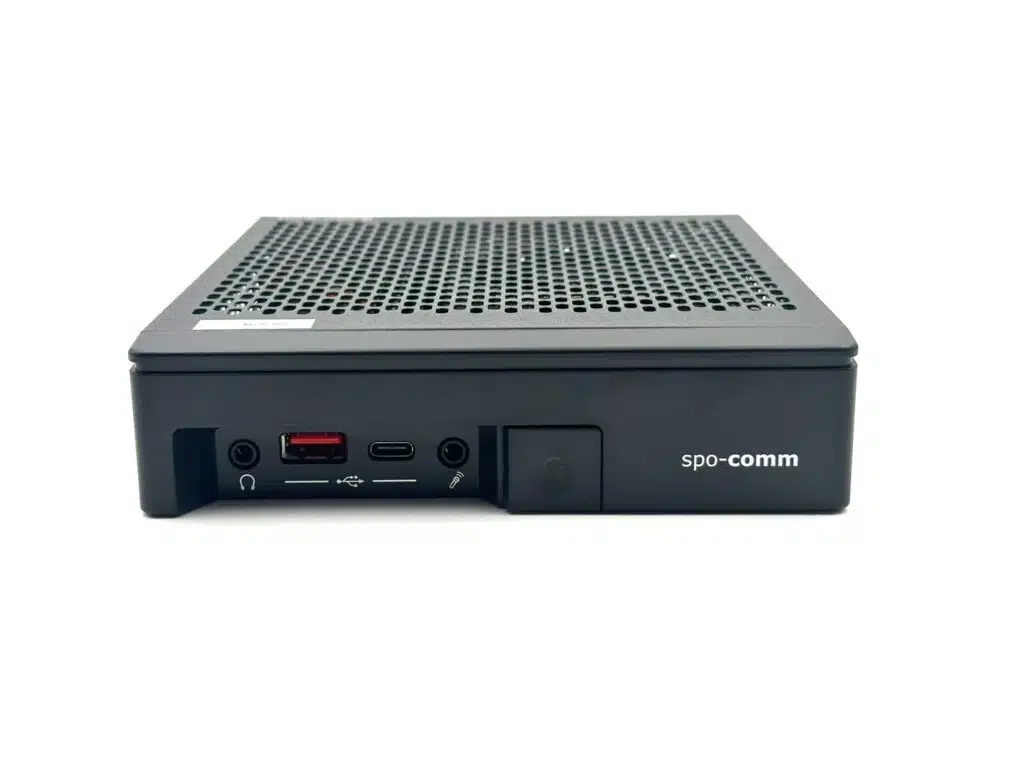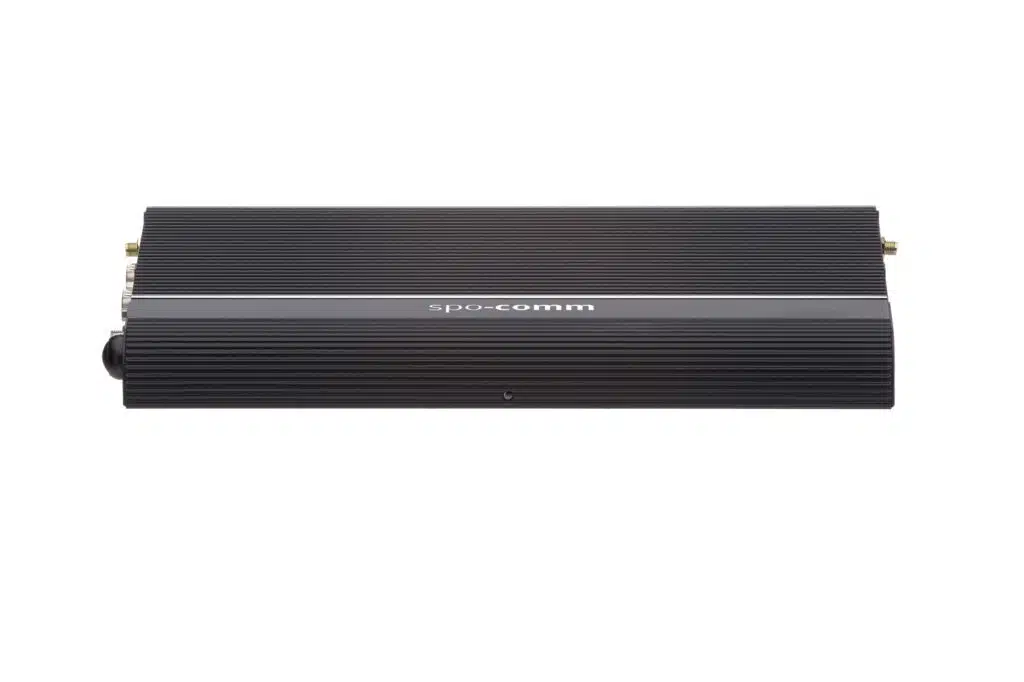What is a watchdog function?
It is an essential monitoring function that continuously monitors the operation of a system to ensure that it is running properly. If the system fails or hangs due to an error or a software or hardware problem, the device will be restarted or put into a safe state. The name “Watchdog” says it all: like a watchdog, it monitors the entire operation of the system and reacts immediately if something goes wrong.
How a watchdog works
A watchdog controller continuously monitors the system’s activities. The process works as follows:
- Regular check: The system is checked at regular intervals to ensure that it is running properly. This can be done by receiving a “heartbeat signal” – a regular signal from the operating system or software that informs the watchdog that everything is OK.
- Error detection: If this signal is not received within a certain time frame or an error is detected, the controller interprets this as a problem.
- Response: The watchdog responds to this error message by restarting the system or taking another predefined action, such as activating a safe system state.
This little companion is particularly useful in areas where a system failure could have serious consequences, such as in industrial plants, medical devices or automation technology.
Why is the watchdog function important for Mini PCs?
Mini PCs – including our spo-comm computers – are particularly in demand in areas such as industrial automation, IoT (Internet of Things), machine control and media technology. These applications not only require high computing power, but also exceptionally high availability. This is where the watchdog function comes into play. It ensures that the Mini PC can be operated reliably without failures, which is crucial for the smooth running of processes.
In many cases, a system failure can lead to costly downtime or, in the worst case, cause security breaches. Especially in automated systems or in environments where people depend on the functionality of devices, the watchdog function can save lives and protect companies from major damage.
Watchdog in practice: Applications
- Industrial automation: In production lines or automated production lines in which machines and devices run around the clock, it ensures that all systems remain stable and react immediately in the event of a system error.
- IoT devices: Many IoT applications, whether in vehicles or smart cities, require constant monitoring. It ensures that these devices continue to work reliably even after a malfunction.
- Medical devices: It is also of great importance in medical devices where failures could have serious consequences. For example, the failure of a mini PC in a medical device can be rectified quickly and safely.
- Digital signage: In areas such as digital advertising or information transmission, the watchdog ensures that content is displayed on screens without interruption.
Advantages of the little helper
- Increased system stability: Continuous monitoring means that errors are detected at an early stage and the system can be restored quickly.
- Automatic troubleshooting: The watchdog function automatically takes care of troubleshooting without the user having to intervene.
- Reliability in critical applications: In many areas, such as industrial automation or healthcare, downtimes are unacceptable. The watchdog ensures that these are minimized.
- Lower maintenance costs: As the watchdog detects and rectifies errors at an early stage, less manual intervention is required. This saves time and costs for maintenance work.
An indispensable security feature for mini PCs
The watchdog function ensures reliable Mini PCs and ensures that they run stably even in demanding applications. It continuously monitors the system and ensures that errors are rectified quickly before they lead to major problems. For companies that use mini PCs in safety-critical or high-availability applications, the integration of a watchdog is therefore a valuable investment.
Curious about robust, flexible and durable Mini-PCs? Contact us and discover the variety of spo-comm Mini-PCs.



